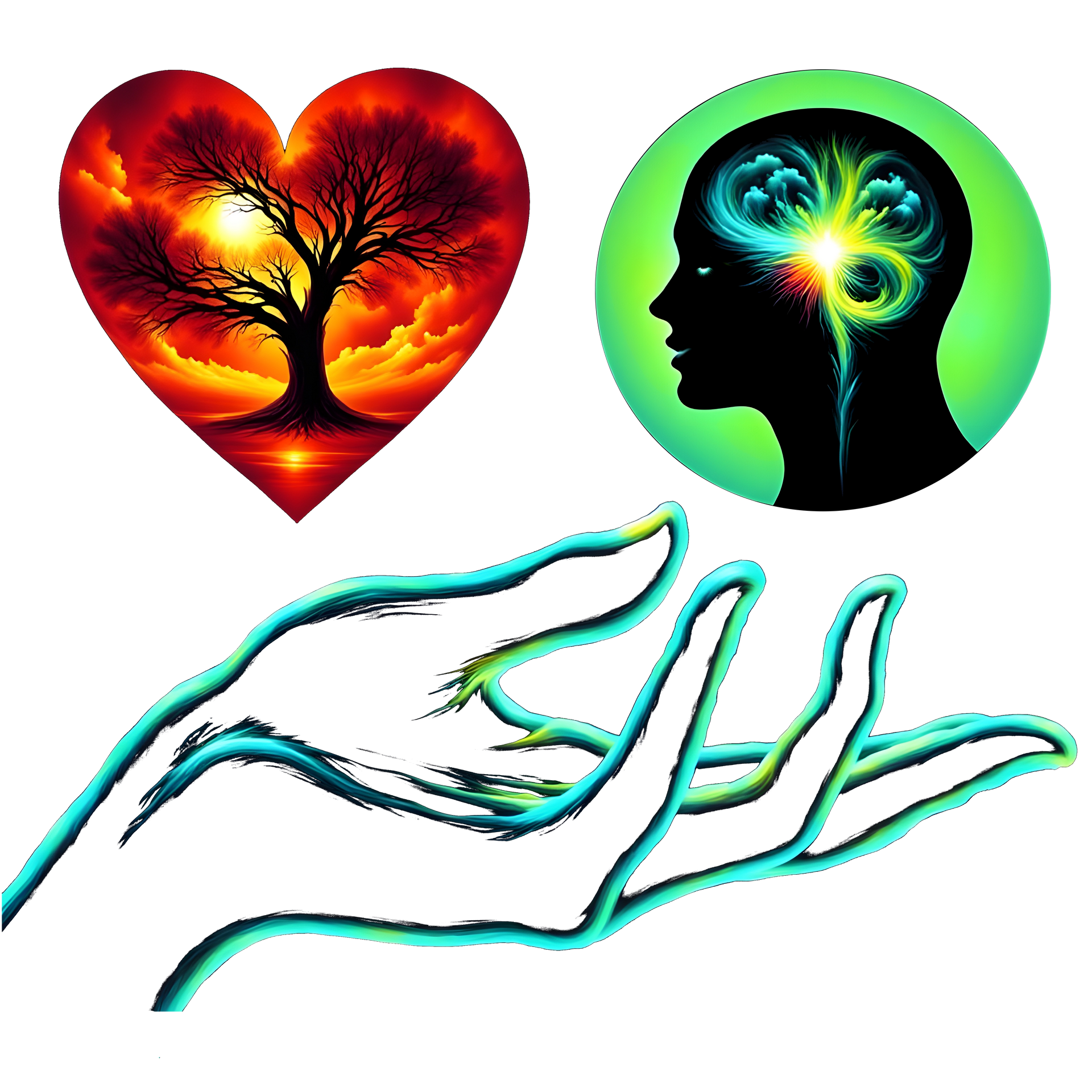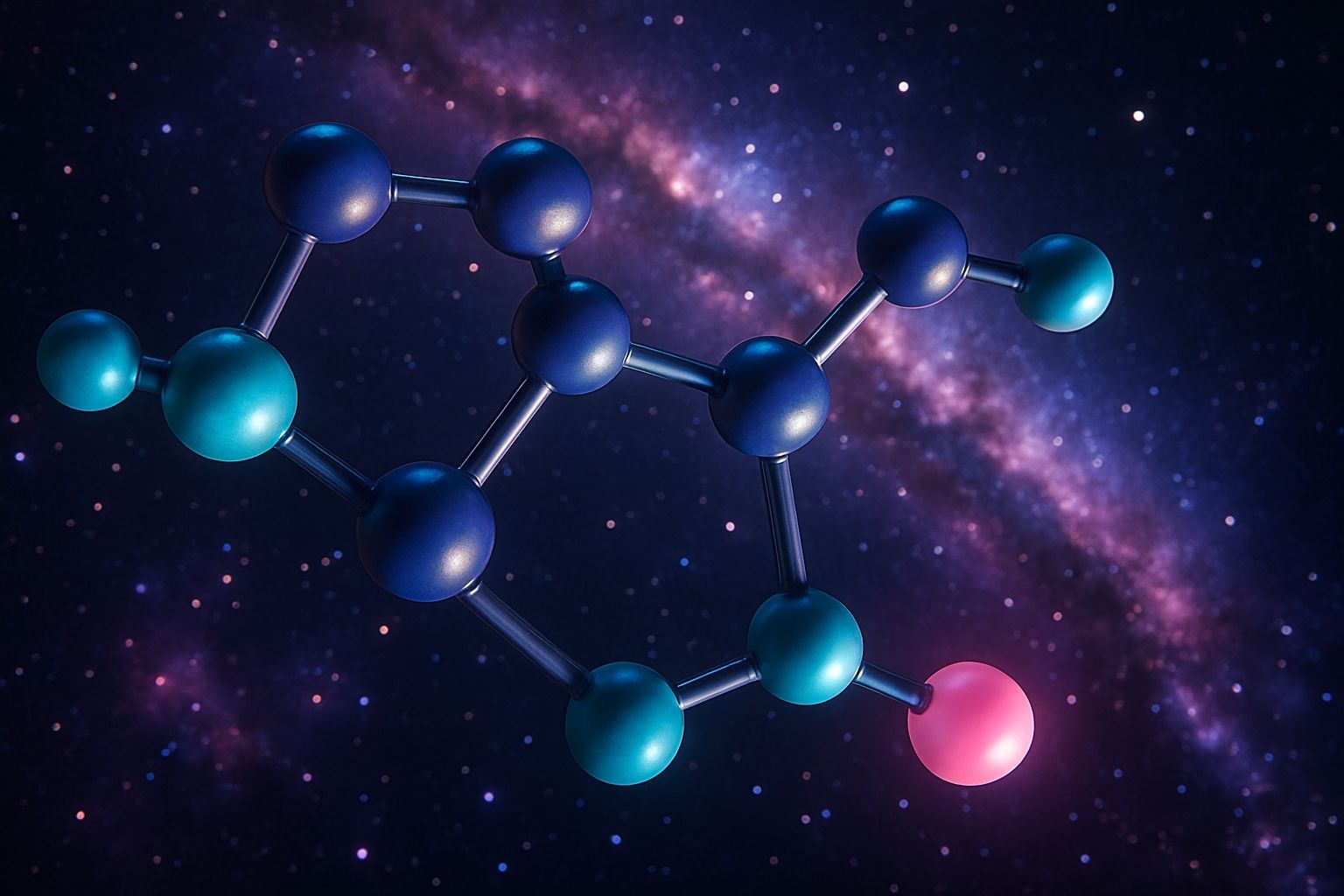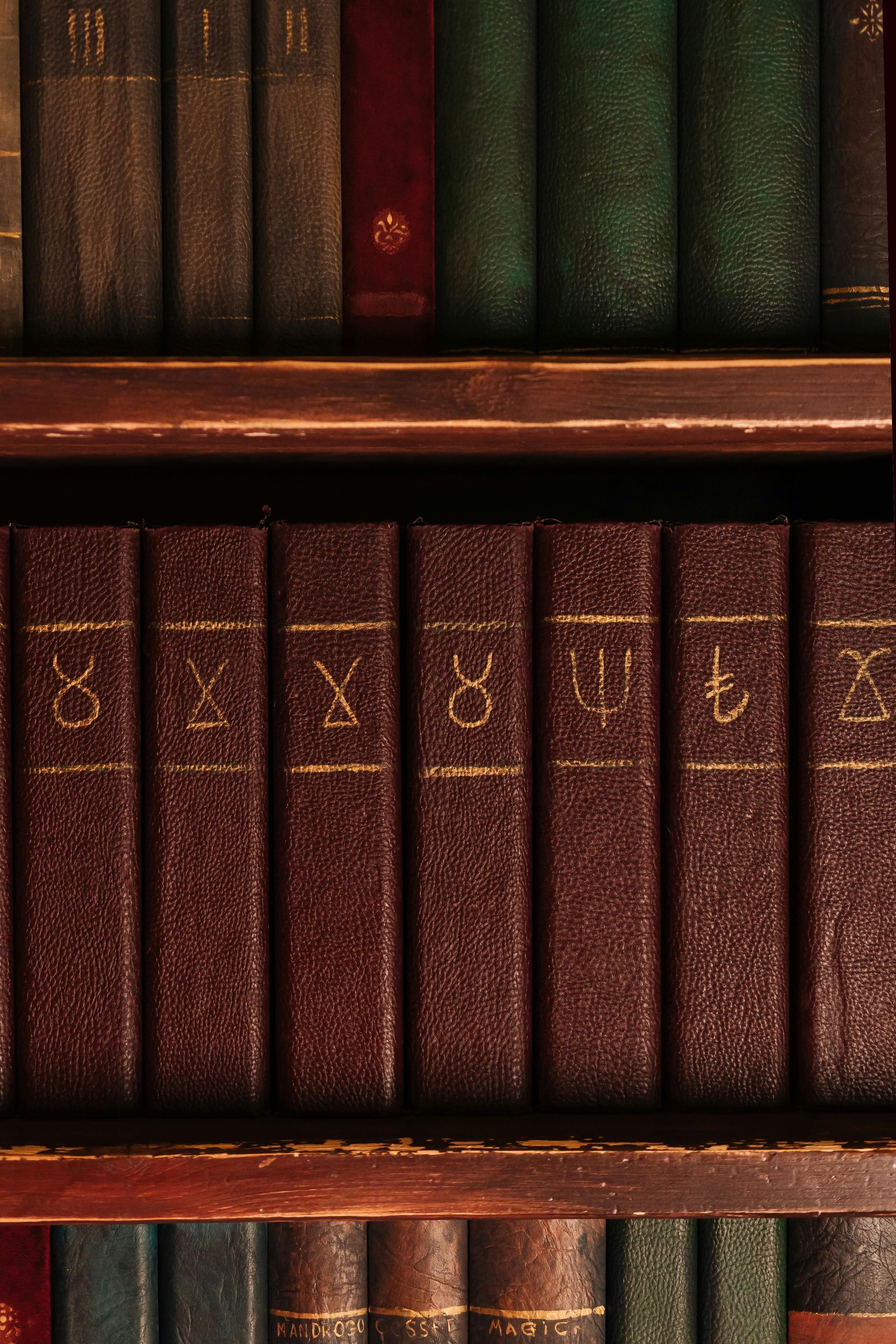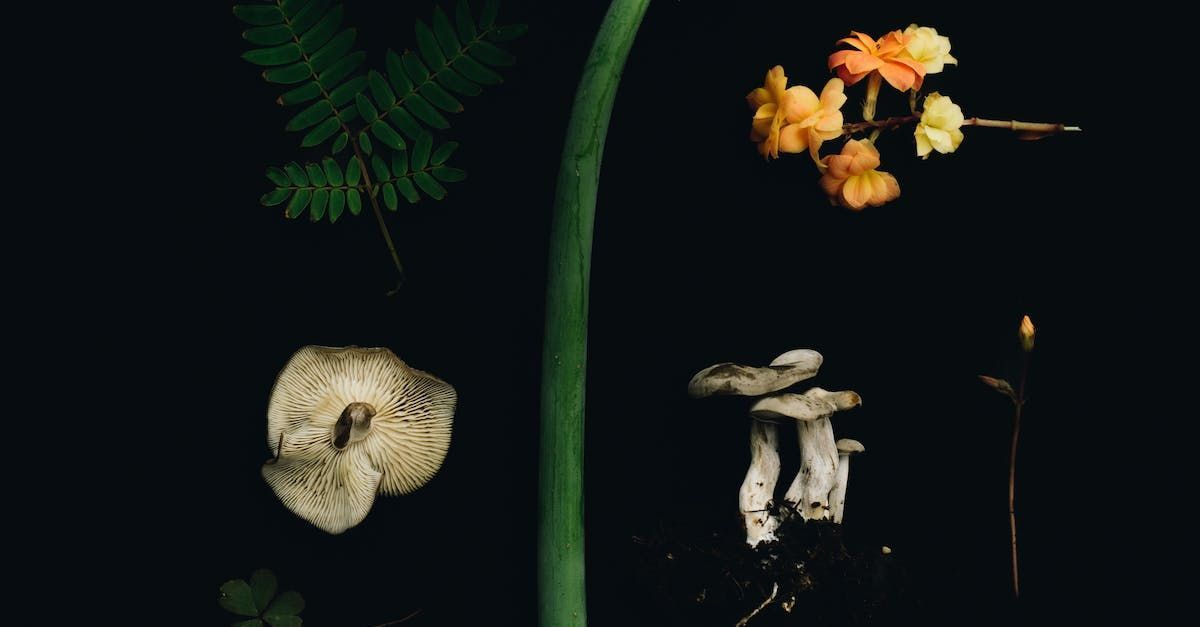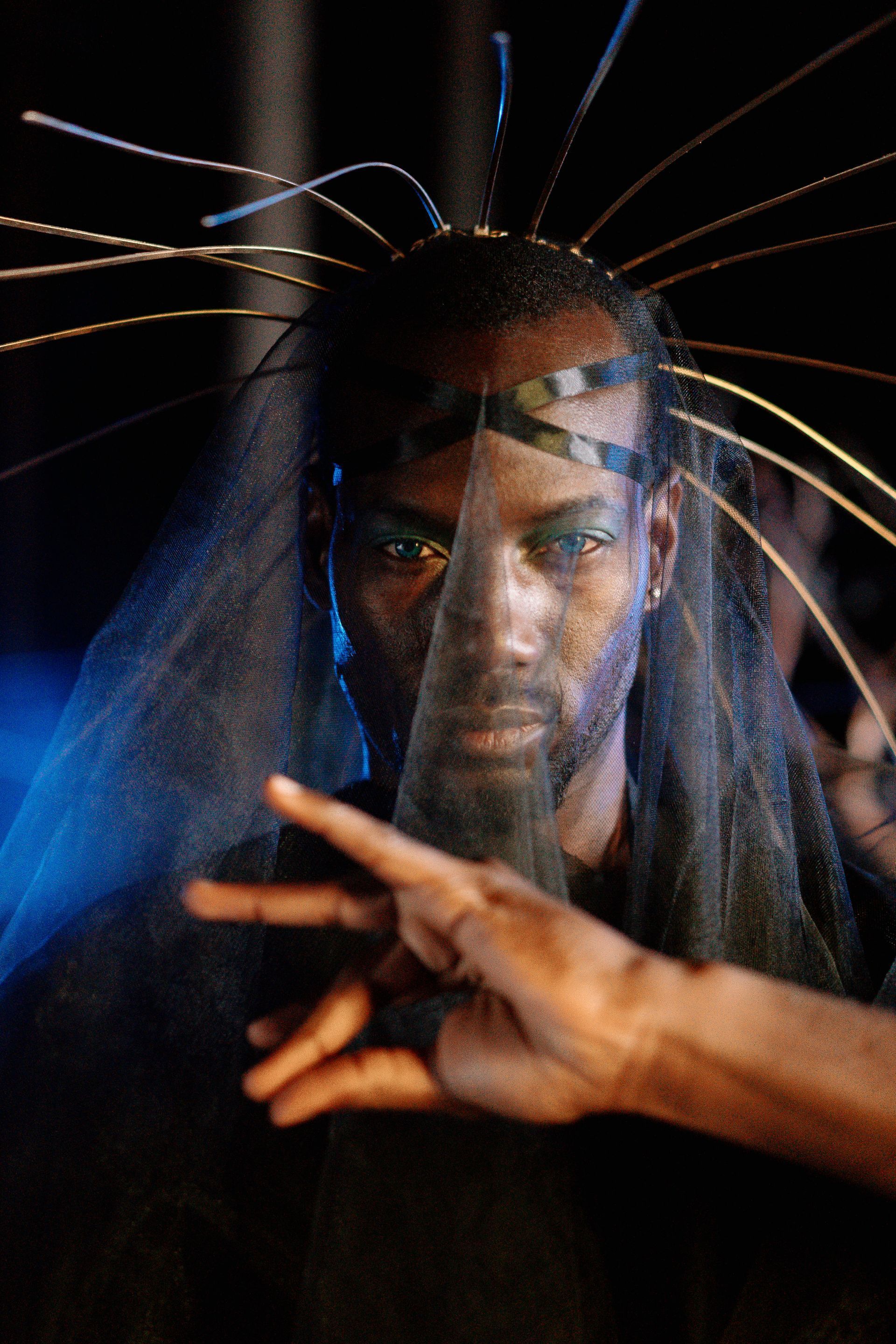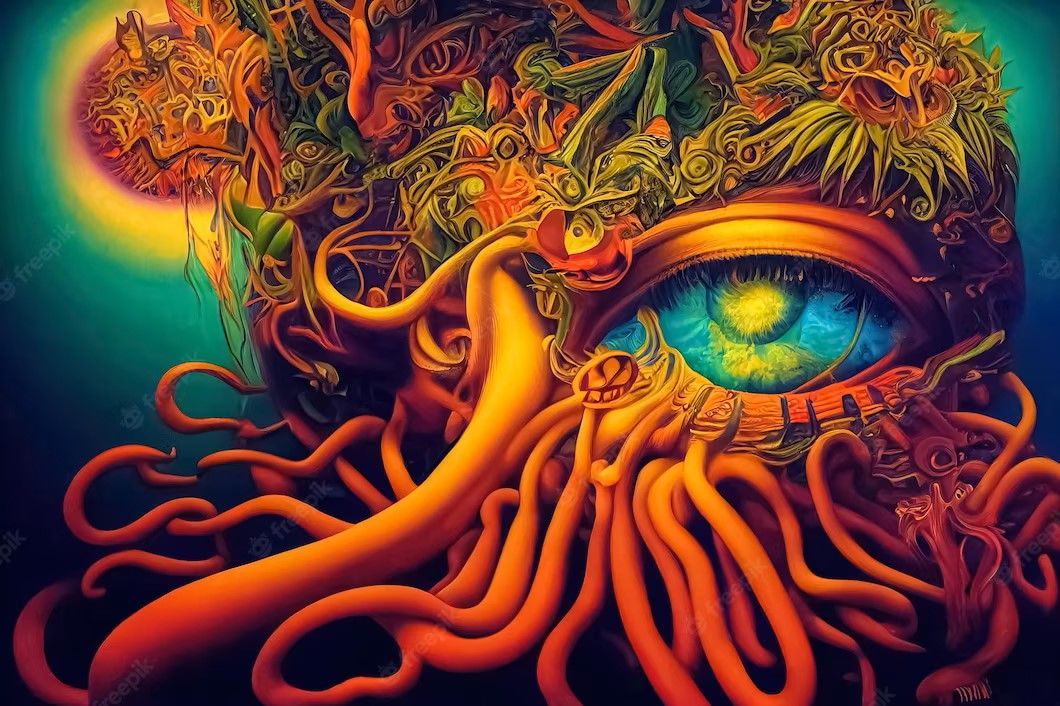On afterglow and Integration
No Amount of Ayahuasca Will Fix Your Life
You fix your life.
Integration is not a phase. It's the work. It's the invitation life gives you after the ceremony.
Part I: The Afterglow Is Real (and It Fades)
Let’s begin where most journeys end: the afterglow.
You know that feeling. The days or weeks after ceremony when everything seems possible. Your heart feels open. Nature seems to speak directly to you. You eat slower. Breathe deeper. Smile for no reason. Maybe you finally saw that childhood wound from a place of compassion. Maybe you forgave someone you never thought you could. Maybe you forgave yourself.
That state has a name: the psychedelic afterglow. And it’s not just spiritual. It’s neurological.
During the afterglow window—usually 1 to 3 weeks post-ceremony—your brain is more plastic, meaning it can more easily form new connections. The Default Mode Network (DMN), the seat of our ego narrative and inner critic, is still quiet. There’s more openness, more novelty, more access to emotional fluidity. Research shows that classic psychedelics like psilocybin and ayahuasca stimulate neurogenesis and synaptogenesis. Even one dose can lead to an upregulation of key growth factors in the brain like BDNF (brain-derived neurotrophic factor).
And yet, the glow dims. Slowly. Quietly. Then one morning you wake up, and the dishes are just dishes again. The inner critic has returned. The ache, the craving, the scrolling, the numbness—they sneak back in.
This, too, is normal. You didn’t fail.
Your brain, wired for efficiency and survival, will always try to return to familiar patterns unless a new baseline is reinforced. The insights you received were real. But unless you act on them, your system slowly returns to its old predictive map.
As one participant said to me yesterday:
“For two or three weeks, I felt so good and positive. Then it started fading. Now it feels hard to remember what I saw, what I knew.”
Another said:
“As long as I was travelling, I was feeling so good. But the moment I came back home, it all came crashing back.”
That’s not because you did something wrong. It’s because your environment, your habits, your nervous system—they’re all in relationship. The retreat ends. The world doesn’t. And the world is incredibly good at testing your clarity.
Part II: Old Wiring, Familiar Ghosts
Neuroscience is catching up to what shamans and somatic therapists have said for decades: insight doesn’t equal transformation.
Transformation requires repetition. It requires relationship. And above all, it requires environment.
Your brain is a pattern-recognition machine. When it senses familiar cues (the smell of your home, the tone of your partner, the inbox full of unanswered emails), it reverts to the behaviors and emotional states it has most practiced.
This is how trauma loops sustain themselves: not because you lack willpower, but because your body is loyal to what it knows.
So integration begins with this truth: The moment you re-enter your old environment, you are re-entering your old neural reality. Unless you create anchor points, rituals, and relationships that reinforce the new map you glimpsed, you will revert to the old one.
But here's the good news: it only takes a few small practices, done consistently, to start rewriting the script.
Part III: Tools That Actually Work (If You Use Them)
1. The 1-Minute Return
Five times a day, pause. Ask yourself:
"How do I feel right now? How does my body feel?"
No judgment. No fixing. Just presence. Tie this to your existing routine—while brushing your teeth, starting your car, after lunch.
This tiny habit rewires your attention. It signals your nervous system: I’m listening.
Within two weeks, you’ll likely feel more grounded, more emotionally attuned, more capable of noticing shifts before they become storms.
2. Shake the System
Put on one high-energy song. Shake your arms, your chest, your legs, your hips. Maybe jump a little. Maybe roar. Let it be silly. Let it be wild. Let it be awkward.
You’re discharging static. Trauma is not just in the mind; it’s in the fascia. This moves it.
3. Remember the Field
Listen to your ceremony playlist. Re-read your notes. Stay in contact with your retreat group. Come to integration calls.
These are not nostalgia trips. These are memory bridges—a way to evoke the emotional state in which your insight arose. Your brain needs context to recall wisdom. Music, smell, people—these are the doorways.
4. Stop Regulating Emotions. Start Honoring Them.
We don’t teach people to regulate their feelings. We teach them to decode them. For example:
- Fear = pay attention
- Anger = your boundaries were crossed
- Sadness = something mattered
- Guilt = a core value was violated
- Shame = a learned belief about unworthiness that needs witnessing
These are not enemies. They are information. Let them speak. Journal. Sit. Breathe. They’re not trying to hurt you. They’re trying to complete a sentence.
5. Your Practice Is Yours
Some of you need 10 minutes of meditation daily. Others need 90 minutes once a week. Some thrive on neurodynamic breathwork. Others on forest walks. There is no perfect tool—only what works for you now.
The point is this: your practice is the thread. It keeps you connected. It gets you out of the mind and into the body. It reminds you that peace is a choice, not a memory.
6. Feed Your Brain What It Needs
Your brain just did a marathon. Support it.
- Magnesium (glycinate or threonate)
- Omega-3s
- B-complex
- Vitamin C
- Adaptogens (ashwagandha, rhodiola)
- L-theanine or taurine for calming support
These are not magic pills. But they can reduce the noise enough for your real voice to emerge again.
7. You Cannot Heal in the Fire
No amount of ayahuasca will fix your life. You fix your life.
If you return to a toxic relationship, job, or home without change, your system will shut down the new wiring to survive the old conditions. That is not weakness. That is biology.
Ask:
- Are my needs being met in this relationship?
- Does my work nourish or deplete me?
- Do I feel safe where I live?
If the answer is no, it doesn’t mean you’re doomed. It means your environment is part of your integration work.
Boundaries. Conversations. Changes. Yes, they’re hard. But so was ceremony. And you did that.
8. You’re Not Meant to Do This Alone
This is why we stay in touch. Why we host community calls. Why we refer to therapists, coaches, breathworkers, movement teachers.
Integration isn’t about becoming self-sufficient. It’s about building a web of support strong enough to hold your new becoming.
Part IV: Elira's Reminder
You are not broken. You are integrating.
You saw something true. You felt something real. And now, your task is not to cling to that feeling, but to build a life that welcomes it back again and again. To support you in that process, at Vine of the Soul Retreats we have created a custom GPT. Feel free to check it out here: https://chatgpt.com/g/g-67ec2dfce600819198207505b89f7cf1-elira-healing-companion-for-retreat-guests
"You are the medicine. Life is the Ritual" - Ceremony of the Heart, Liquid Bloom
